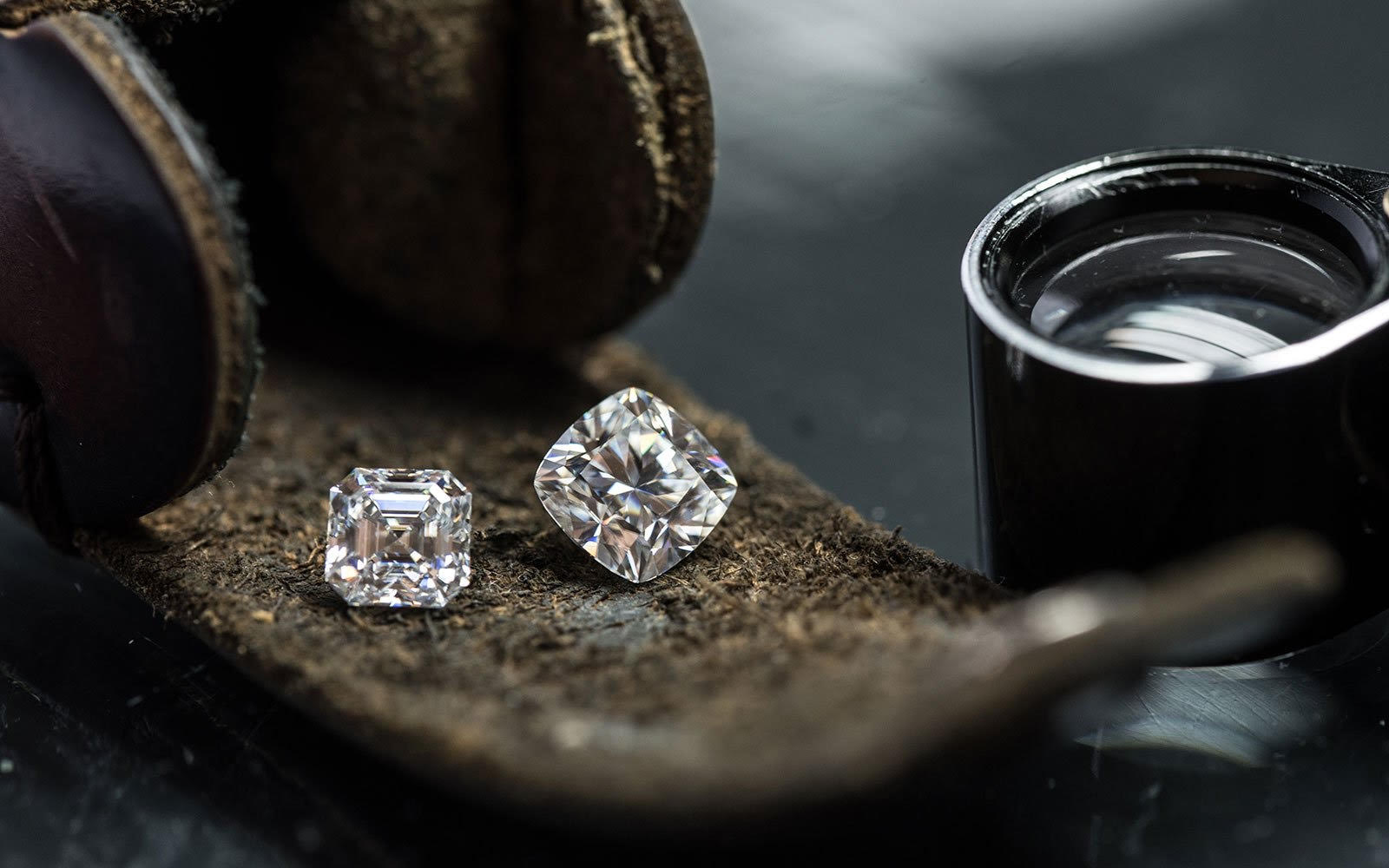In the world of luxury goods, diamonds have always been synonymous with prestige and wealth. But in recent years, lab-grown diamonds have entered the market, raising questions about their value and investment potential. Are lab-grown diamonds a worthy addition to an investment portfolio, or do they lack the allure of their natural counterparts? This article explores the intricacies of lab-grown diamonds as an investment, weighing their benefits and drawbacks, and offering insights into whether these man-made gems are worth your time and money.
Table of Contents
What Are Lab-Grown Diamonds?
Lab-grown diamonds, also known as synthetic diamonds, are created in controlled environments using high pressure and temperature or chemical vapor deposition processes. Despite being man-made, these diamonds share the same chemical composition and physical properties as natural diamonds. This similarity means that, to the naked eye, lab-grown diamonds are indistinguishable from those extracted from the earth. The key difference is their origin: one is born from nature, while the other is crafted in a lab.
The Appeal of Lab-Grown Diamonds
Lab grown diamonds investment have gained popularity for several reasons. Firstly, they’re typically more affordable than natural diamonds, offering consumers the chance to own high-quality gems at a lower cost. This price advantage stems from the reduced expense of mining and the streamlined production process in labs.
Secondly, lab-grown diamonds are often viewed as more environmentally friendly. Traditional diamond mining can have a significant environmental impact, involving large-scale excavation and habitat disruption. In contrast, creating diamonds in a lab consumes fewer resources and causes less environmental damage. This aspect appeals to environmentally conscious consumers lab grown diamonds, adding to the allure of synthetic gems.
Additionally, lab-grown diamonds are seen as ethically sourced, avoiding the complications of conflict diamonds—gems mined in war zones and sold to finance armed conflict. This ethical edge has resonated with consumers who seek to align their purchases with their values.
Lab-Grown Diamonds as an Investment: Pros and Cons
When considering lab-grown diamonds as an investment, there are both pros and cons to weigh. Let’s start with the benefits.
Pros:
- Cost-Effectiveness: Lab-grown diamonds are more affordable than natural diamonds, making them accessible to a broader range of investors.
- Ethical and Environmental Benefits: Their eco-friendly and conflict-free nature makes them attractive to socially conscious investors.
- High-Quality Product: Lab-grown diamonds are virtually identical to natural ones, ensuring that investors receive a high-quality gem.
However, there are some cons to consider.
Cons:
- Resale Value: Lab-grown diamonds may not retain their value as well as natural diamonds, potentially impacting their long-term investment potential.
- Market Perception: Despite their increasing popularity, some consumers still prefer natural diamonds, which could affect demand for lab-grown gems.
- Limited Rarity: Because they can be mass-produced, lab-grown diamonds lack the inherent rarity of natural diamonds, which often contributes to the value of traditional gems.
Is Investing in Lab-Grown Diamonds Worth It?
The decision to invest in lab-grown diamonds ultimately depends on your investment goals and values. If you’re seeking a more affordable, ethically sourced, and environmentally friendly option, lab-grown diamonds could be a compelling choice. However, if you’re focused on long-term appreciation and resale value, natural diamonds may be a more traditional investment.
As with any investment, it’s crucial to research and understand the market before making a commitment. Consider consulting with gemologists or investment experts to get a better understanding of the potential risks and rewards. The key is to align your investment with your personal values and financial goals.
Conclusion: A New Gem on the Block
Lab-grown diamonds offer a unique opportunity for investors seeking affordability, ethical sourcing, and eco-friendliness. While they might not have the same resale value as natural diamonds, their benefits in terms of cost and social responsibility make them a viable option for many. If you’re open to exploring alternative investment opportunities, lab-grown diamonds could be a sparkling addition to your portfolio. The key is to approach with an open mind, evaluate your priorities, and make informed decisions that align with your financial objectives.

